Understanding Victor Hugo, the artist, and tracing his footsteps through a hidden Paris
From the Sorbonne to the Church of Saint-Sulpice, the Paris skyline symbolises the legacy left behind by Victor Hugo. Ahead of a new show opening at the Royal Academy, Michael Hodges follows the path of the celebrated French writer and artist around Paris, from his first home to his final resting place

Wander through Beaux-Arts architect Henri Labrouste’s 1868 reading room at Bibliotheque Nationale de France and you realise what an astonishing place it is. The garlanded cast-iron pillars hold the ceramic domes of the ceiling above thousands of books. However, as I stand goggle-eyed in this extravagant library on Paris’s Rue de Richelieu, partly housed in an ex-cardinal’s palace, something extraordinary is happening.
A curator has brought out the annotated manuscript of Victor Hugo’s world-famous 1862 novel Les Misérables. The ink is still deeply black, as if Hugo had only recently put down his pen; whole paragraphs are scored through, individual words blotted out, the author’s ideas there to see almost as they occurred to him.
Such a treasured cultural artefact doesn’t often come out for viewing. However, on this occasion, an exception is being made for this visiting rosbif journalist, because the great 19th-century French writer, politician, campaigner and poet is about to come to London – or, rather, his pictures are.
Born in 1802 at Besançon in Franche-Comté, the multi-talented Hugo was also an accomplished artist of the Romantic school and many of his fantastical ink-and-wash depictions of eerie seascapes and Gormenghast-like castles – hailed as “astonishing things” by Van Gogh – will be showing at the Royal Academy in London from 21 March.
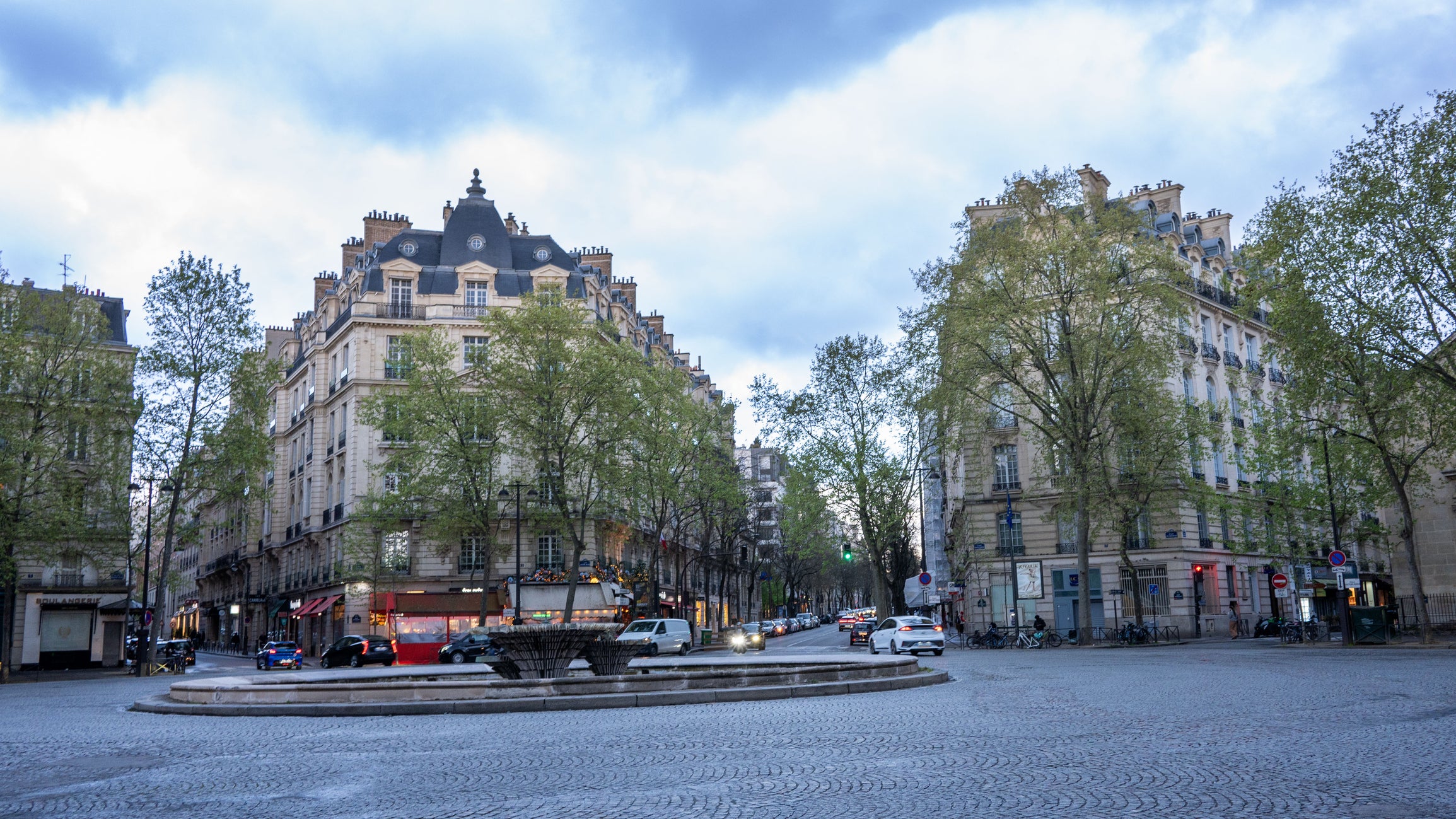
The marks of Hugo’s life can be found across Paris. I only have one day to find them, so this is an abridged visit, involving the Metro and walking – always a pleasure in a city that seems designed for it. When Hugo died, aged 83 on 22 May 1885, his coffin was placed on a giant and highly ornate catafalque beneath the Arc de Triomphe, which was draped in black for the occasion.
On the day of his funeral, there were 1.5 million people watching. When I arrive, more than a century later, there are only a few tourists about, and I have clear views from the top along Avenue Victor Hugo towards number 124 and the apartment where Hugo breathed his last.
Seeing Hugo’s first Paris home, 8 rue des Feuillantines in the fifth arrondissement – where his politically influential family moved in 1808 – requires a Metro to Luxembourg Gardens. No 8 is a handsome 19th-century terrace that is now home to Paris’s only vocational high school for glassworkers, the sort of craft I feel Hugo would have approved of. Around it are textbook Parisian streets, dotted with bookstores and cafes, the ideal territory to flaneur through.
They lead me through the Latin Quarter to the imposing 18th-century hulk of the Panthéon, final home to France’s most esteemed sons and some of its daughters. In the building’s subterranean chambers, I find Hugo sharing a vault with Alexandre Dumas and Émile Zola, in what must be the world’s greatest literary group burial. The crypt is stone-lined and austere, the solemnity slightly undercut by a plug socket for the cleaners.

Hugo’s trail now takes me past the grand buildings of the Sorbonne, and the Lycée Louis-le-Grand where he originally studied maths before switching, much to theatrical producer Cameron Mackintosh’s great advantage, to literature. I cross into the sixth arrondissement to the 17th-century Church of Saint-Sulpice, its giant façade arranged as two floors of columns, stacked one above the other.
This is where Hugo married Adèle Foucher on 12 October 1822. Inside, it’s even more impressive, an ingeniously barrelled ceiling and massive nave scattered with golden statuary and studded with baroque adornments. To the right of the entrance is a chapel where there are three wall-sized murals by the painter Eugène Delacroix, whose Liberty Leading the People inspired Les Misérables. Delacroix said Hugo would have been “the greatest of the century” had he concentrated on art, but Hugo focused on other things, not least a string of mistresses, including actor Sarah Bernhardt. Adèle, meanwhile, had an affair with Hugo’s friend, Sainte-Beuve.
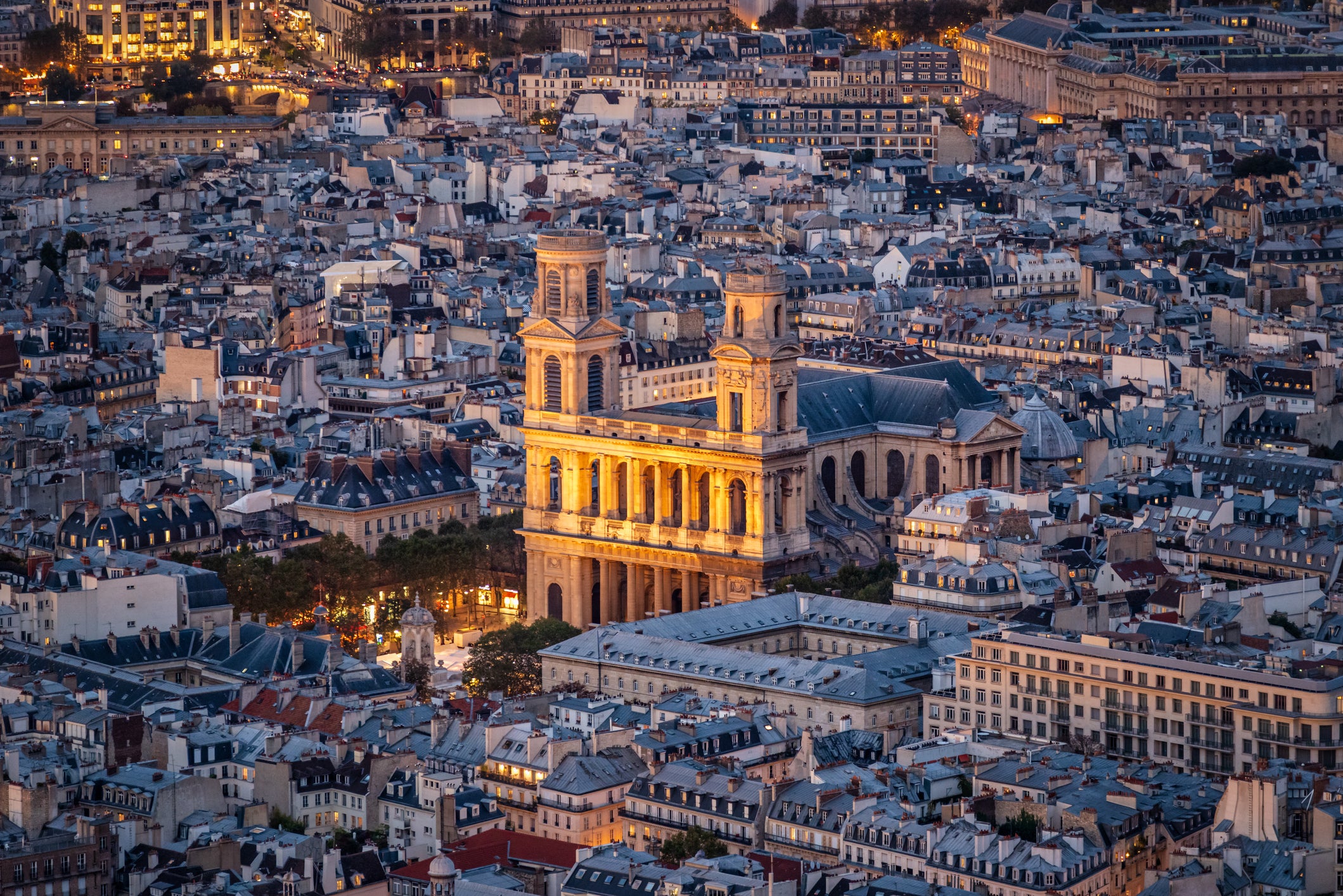
There’s much to ponder beneath the giant gilt candlesticks of Saint-Sulpice’s high altar, where marital vows were exchanged, but I must press on. First past 30 Rue du Dragon, where Hugo lived in 1821 and wrote his first poetry collection Odes et Ballades, and then along the Seine, which takes me to the neo-classical columns and dome of the Académie Française.
Hugo joined the French literary institution in 1841. Other Académie alumni include Jean Racine, Voltaire, Claude Lévi-Strauss and, perhaps due to the waterside location, Jacques Cousteau. Here in Paris, where culture is still defended, there are police outside and also, delightfully, a young martial arts team in tracksuits, having their group photograph taken in front of the headquarters of French high culture.
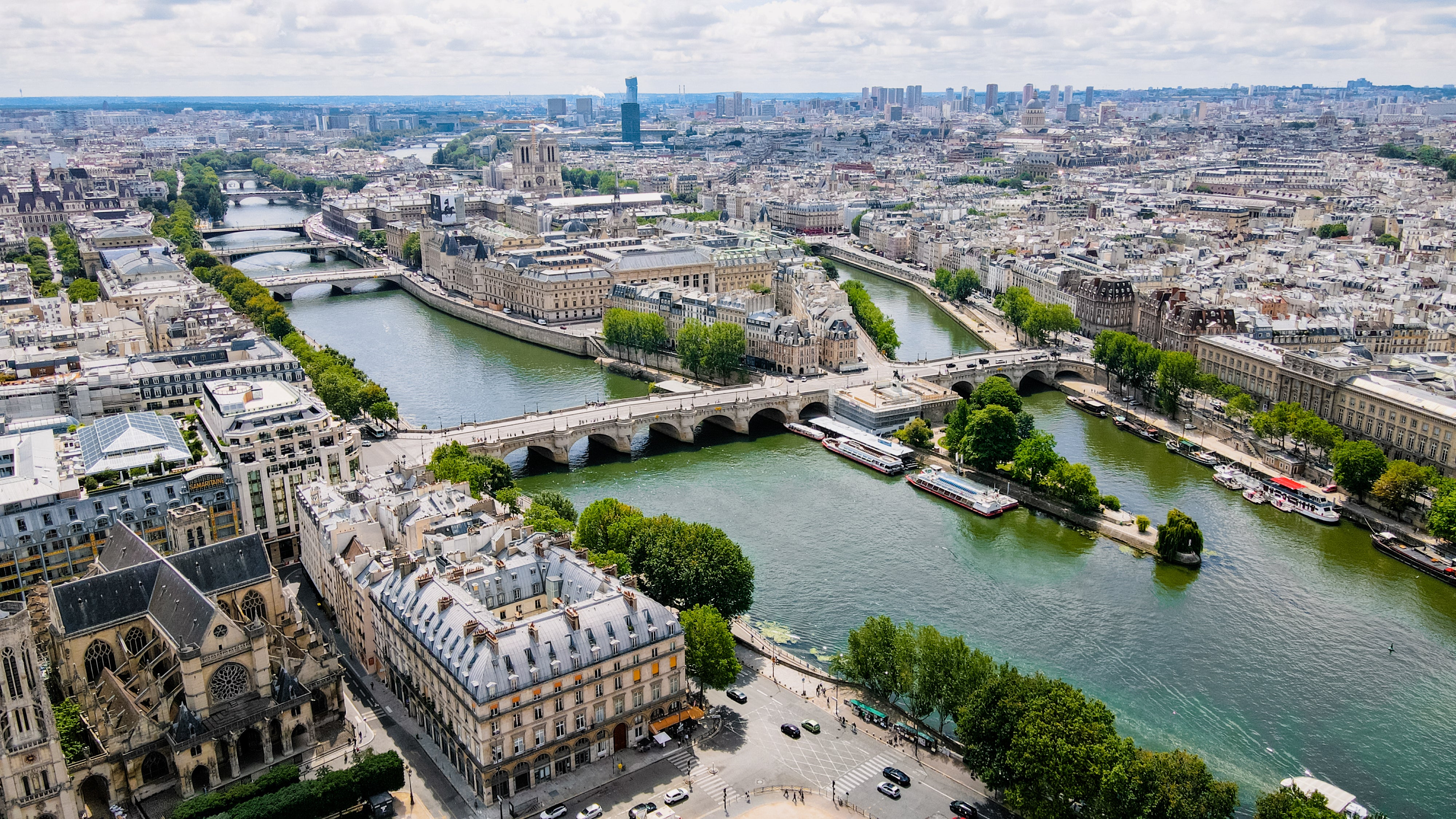
Crossing over the Seine, I come to the courtyard of the Louvre where, in 1956, actors from the Comédie-Française mounted a production of Hugo’s previously unperformable 6,920-verse play about England’s most famous republican, Oliver Cromwell. Now I island-hop, first to the Île de la Cité and the newly restored Notre-Dame, the setting for The Hunchback of Notre-Dame, published in 1831. Crowds are flocking to see the restored interior, but I’m here for the breathtaking exterior where Quasimodo came down to rescue Esmeralda.
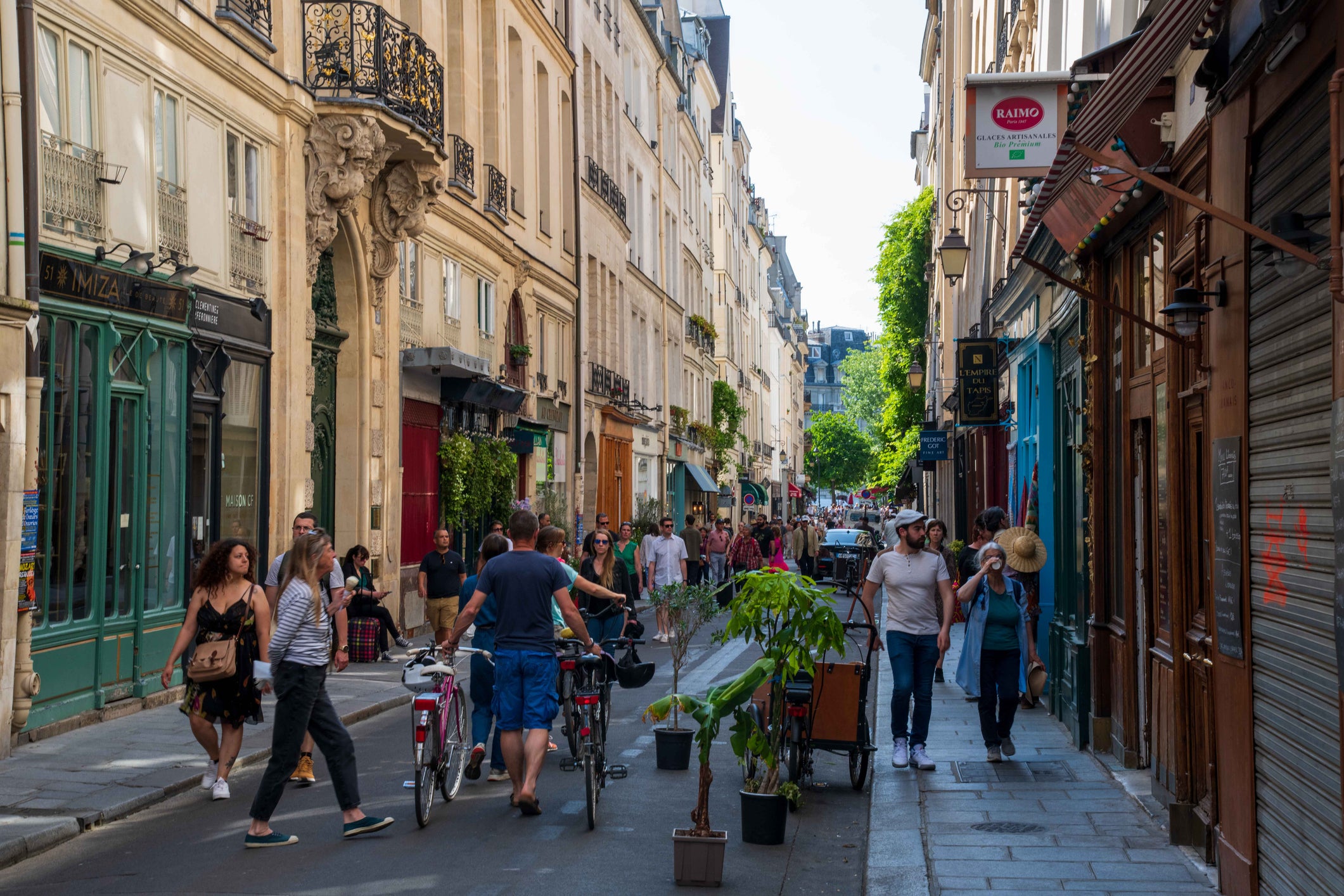
If the Île de la Cité is thronged with visitors, the Île Saint-Louis next door is an oasis of calm in the centre of the city. There are schools, shops, apartments, fresh-from-the oven baguettes at the Boulangerie Saint-Louis and a bench by the quayside for alfresco dining.
The Bibliothèque de l’Arsenal, where Hugo would meet with his fellow Romantics, is just over Pont de Sully but I press on through the ever-fashionable Marais district to the Place des Vosges, the early 17th-century square that, at number six, is home to the wainscoted walls and worn marble staircases of Maison Victor Hugo museum.
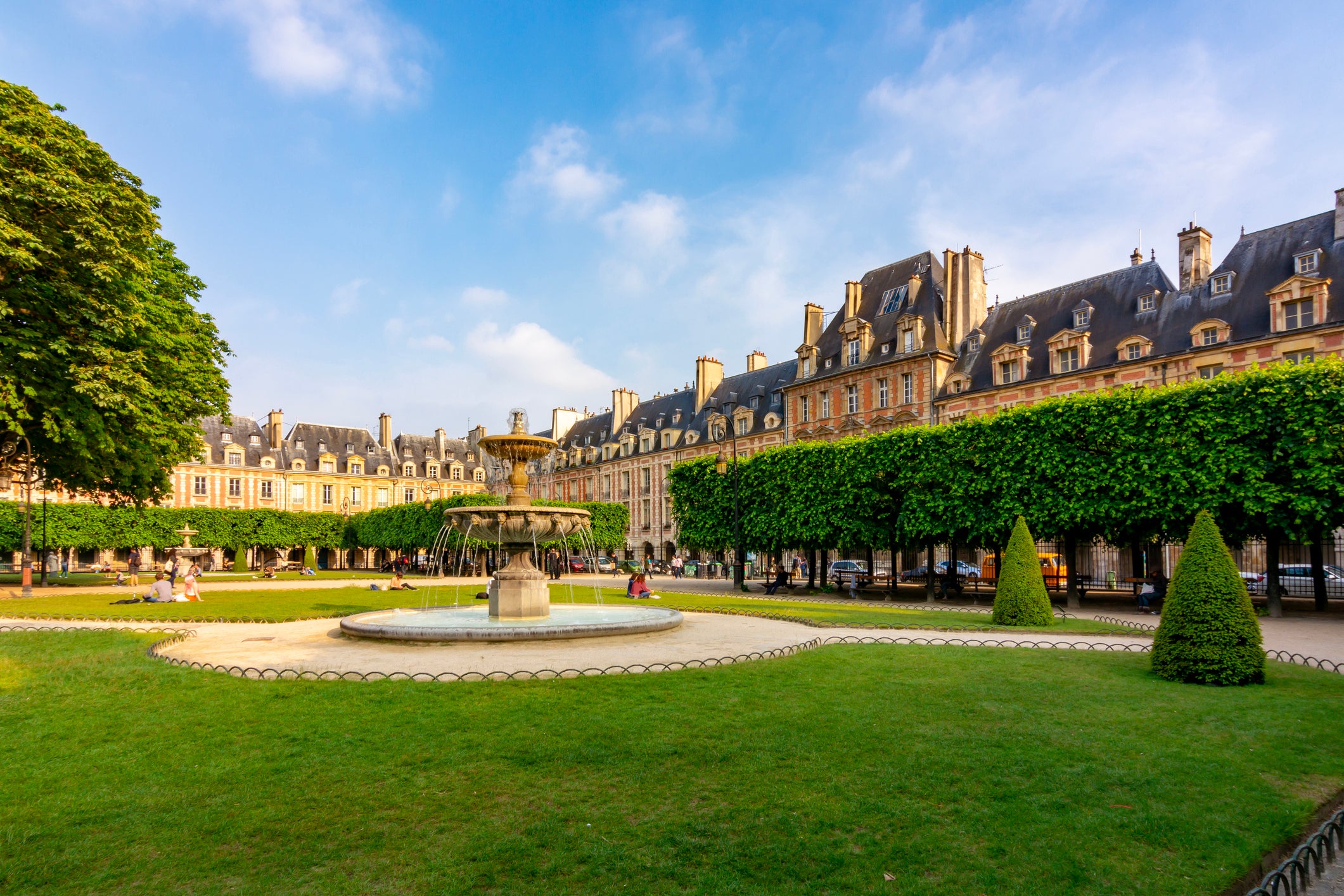
Hugo lived here between 1832 and 1848 and, when he wasn’t entertaining Balzac and Lamartine, completed The Hunchback of Notre-Dame. The Royal Academy show confirms Hugo had a unique eye but the interiors here, of his design, are a revelation. Influenced by art from China and Japan, Hugo has stencilled the furniture and walls with oriental motifs and mythical figures.
Around the corner, I find the Bar Victor Hugo and, ordering something cold and white, remember the words of Grantaire, the drunken cynic of Les Misérables, who meets a bloody end. “I want a drink,” he declares in the Café Musain. “I desire to forget life. Life is a hideous invention of I know not whom.”



Join our commenting forum
Join thought-provoking conversations, follow other Independent readers and see their replies
Comments